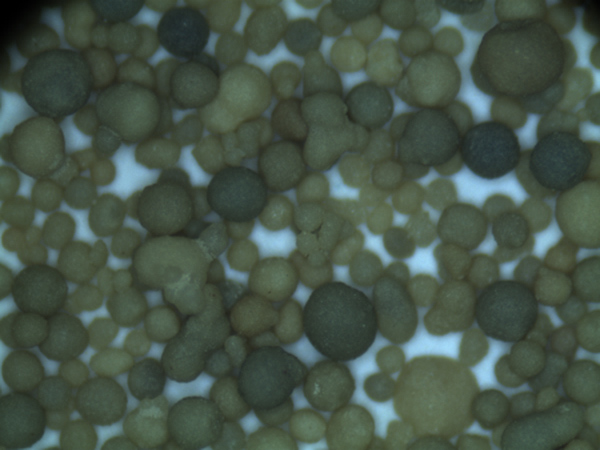The Art and Science of 3D Sand A Unique Fusion of Nature and Technology
In recent years, the popularity of 3D sand art has surged, captivating artists, engineers, and nature lovers alike. This innovative art form combines the rustic beauty of sand with cutting-edge technology, resulting in mesmerizing displays that showcase both creativity and scientific principles. From vibrant sculptures to stunning landscapes, 3D sand provides an avenue for artistic expression while emphasizing the importance of sustainable practices in art.
The Basics of 3D Sand Art
At its core, 3D sand art is the technique of sculpting sand into three-dimensional forms. Traditionally, sand sculpting relied on basic tools and techniques, with artists using water and friction to compress sand into shapes. However, with advancements in technology, artists have begun to incorporate digital tools and 3D printing techniques into their craft.
The process typically starts with selecting the right type of sand. Fine, clean beach sand or specially manufactured sand is preferred, as it holds its shape better when sculpted. Once the sand is selected, the creation process can begin. Artists often use computer software to design their sculptures, allowing for intricate details that were once difficult to achieve with traditional methods. After the design is finalized, a 3D printer can create molds or even direct sculptures from the digital models, transforming the way artists and engineers approach sand art.
The Intersection of Nature and Technology
One of the most compelling aspects of 3D sand art is how it bridges the gap between nature and technology. Sand, a natural material found on beaches, deserts, and riverbanks, has long been associated with ephemeral art forms, such as traditional sandcastles and transient sculptures that are often washed away by the tides. However, the integration of technology allows these creations to be more permanent, changing the perception of what constitutes a sand sculpture.
3D sand art can also highlight environmental issues. Artists are increasingly using their platforms to raise awareness about climate change, habitat destruction, and pollution. For instance, sculptures that reflect the beauty of marine life are often paired with messages about ocean conservation. This fusion of artistic expression and advocacy makes 3D sand art a powerful tool for engaging communities and fostering dialogues about pressing environmental issues.
3d sand

Educational Opportunities
Beyond its artistic value, 3D sand art serves as an educational tool in various settings. Schools and universities have begun to incorporate sand sculpting into their curricula to teach students about geology, physics, and engineering. The physical properties of sand, including how it behaves under different conditions, provide a practical application for students learning about these subjects.
Workshops and community programs that focus on 3D sand art also promote teamwork and creativity. Participants learn not only how to sculpt but also how to collaborate effectively, fostering a sense of community while enhancing their sculpting skills. These programs often engage people of all ages, highlighting the universal appeal of working with sand.
The Future of 3D Sand Art
As technology continues to evolve, the possibilities for 3D sand art will only expand. Innovations in 3D printing can lead to more complex and detailed sculptures, while virtual and augmented reality technologies can create immersive experiences for audiences. Artists may begin to explore interactive installations that respond to environmental stimuli, further blurring the lines between nature and technology.
In addition, the movement towards sustainability will likely influence the materials used in 3D sand art. Artists may opt for eco-friendly approaches, utilizing recycled materials or organic substances mixed with sand. This commitment to sustainability not only aligns with the growing global awareness of environmental issues but also ensures that the art form remains relevant in a rapidly changing world.
Conclusion
3D sand art is more than just a visual spectacle; it represents a harmonious blend of nature, technology, and sustainable practices. As artists push the boundaries of creativity and innovation, this art form will continue to evolve, inviting new generations to appreciate the beauty and complexity of sand. Whether through a stunning sculpture on the beach or a community-driven project in a classroom, the world of 3D sand art is rich with potential, celebrating both the artistry and advocacy that this unique medium encompasses.
Post time:ડીસેમ્બર . 25, 2024 06:44
Next:what is sand casting used for
